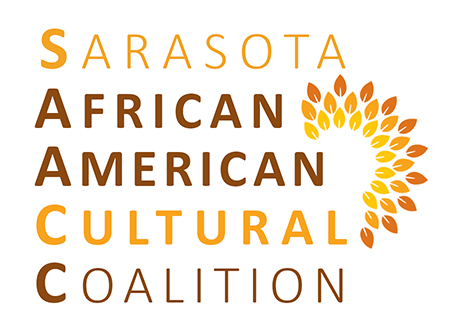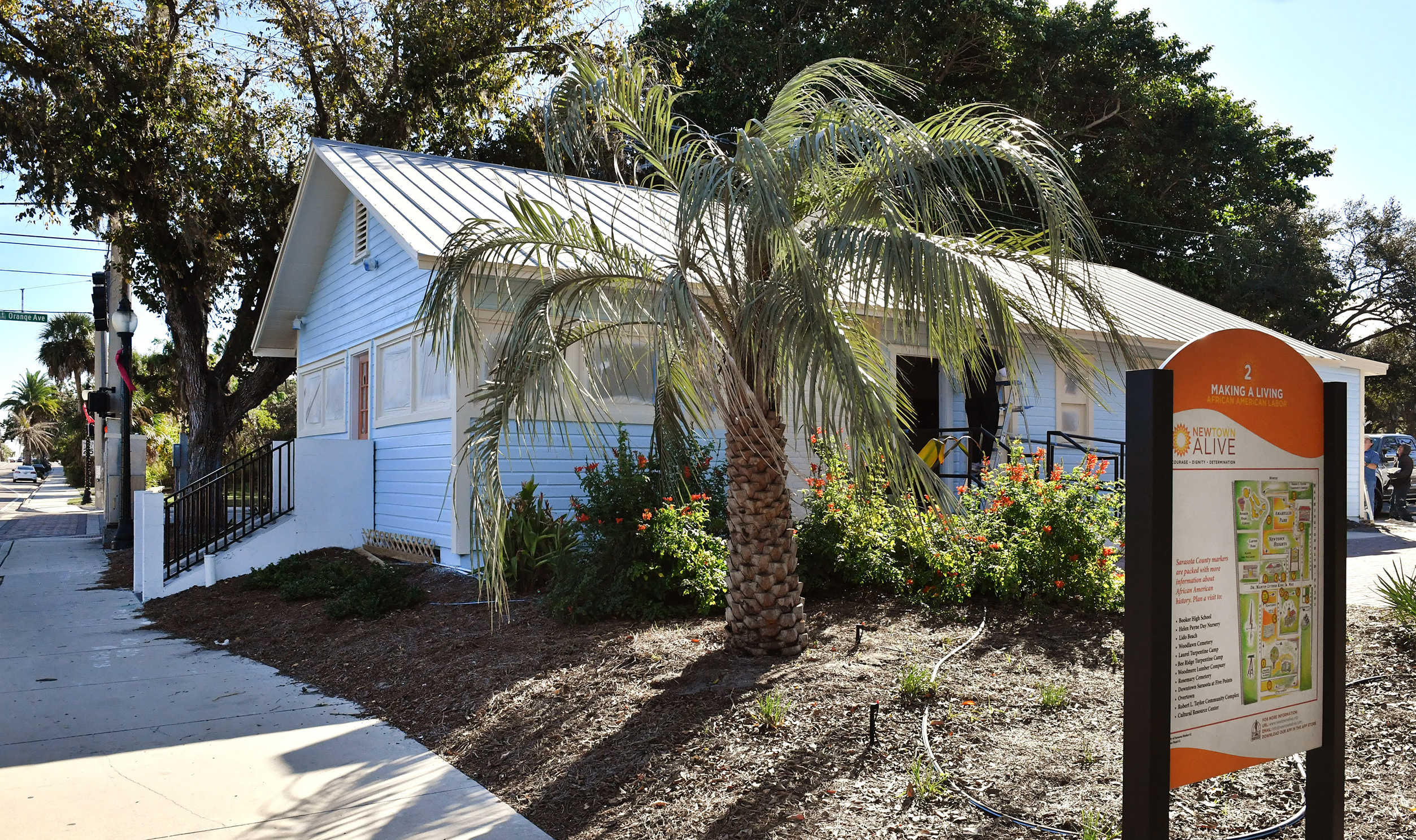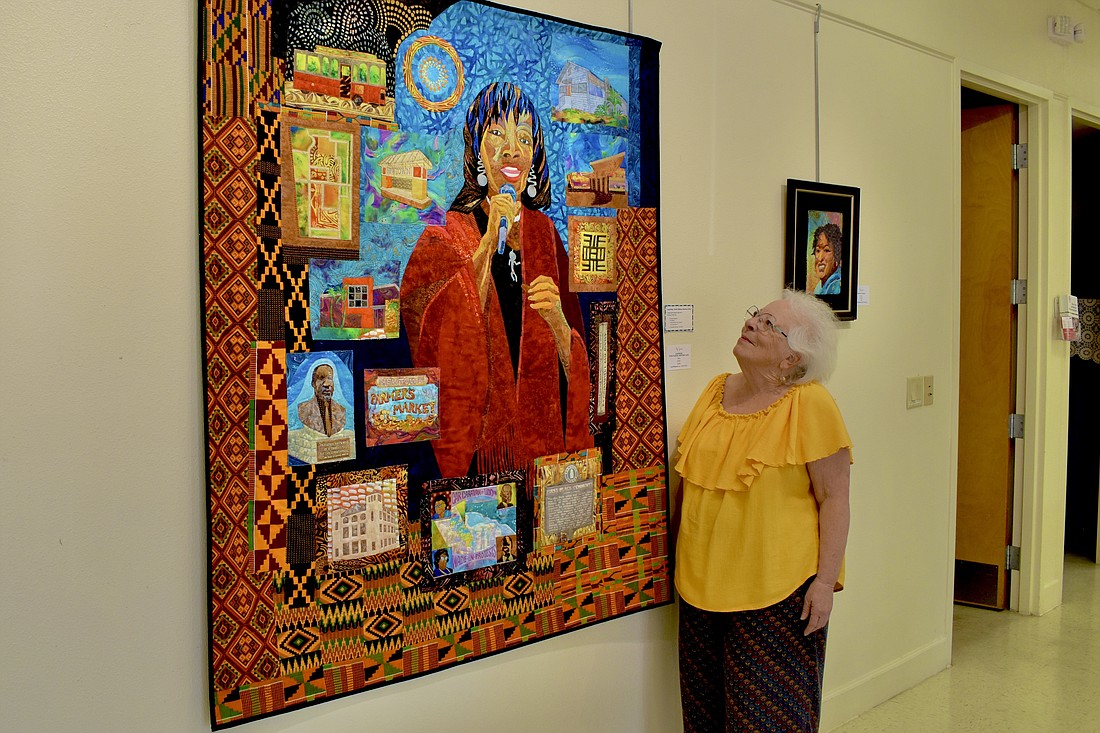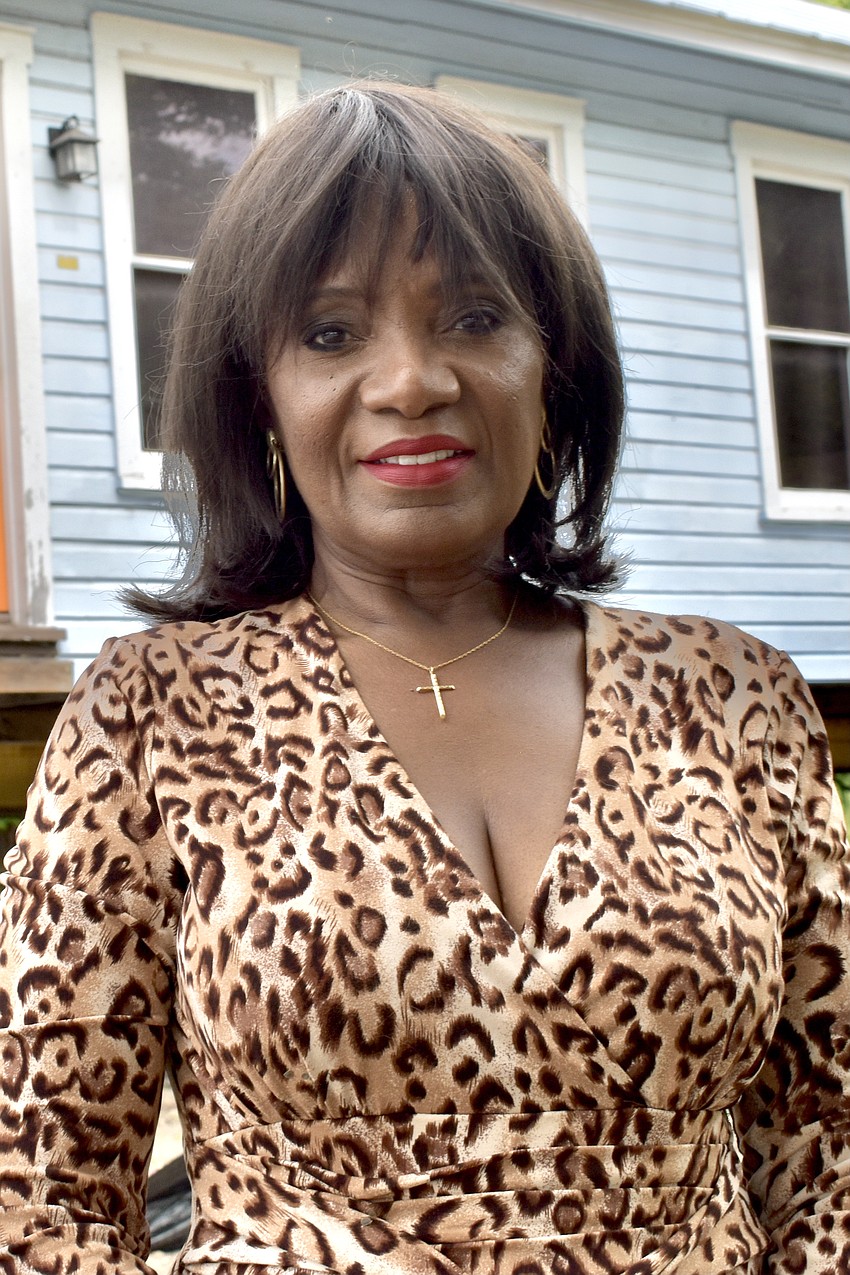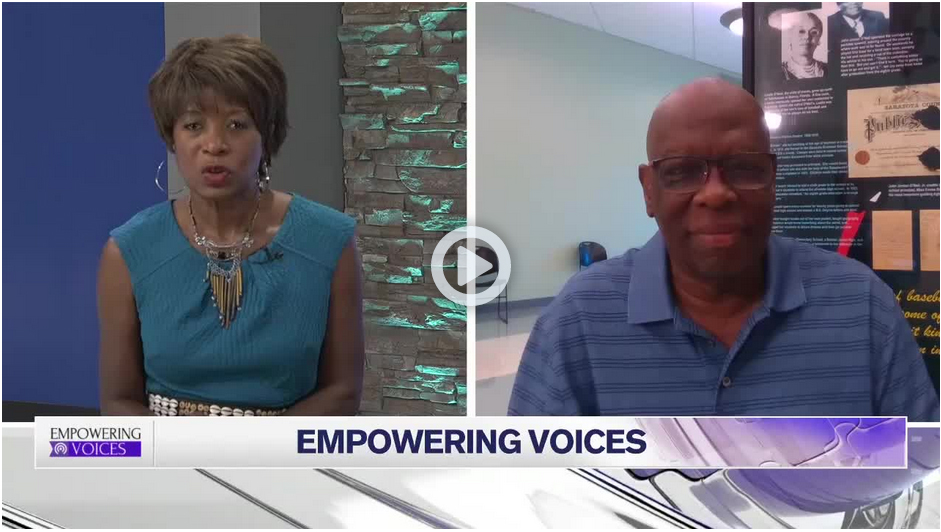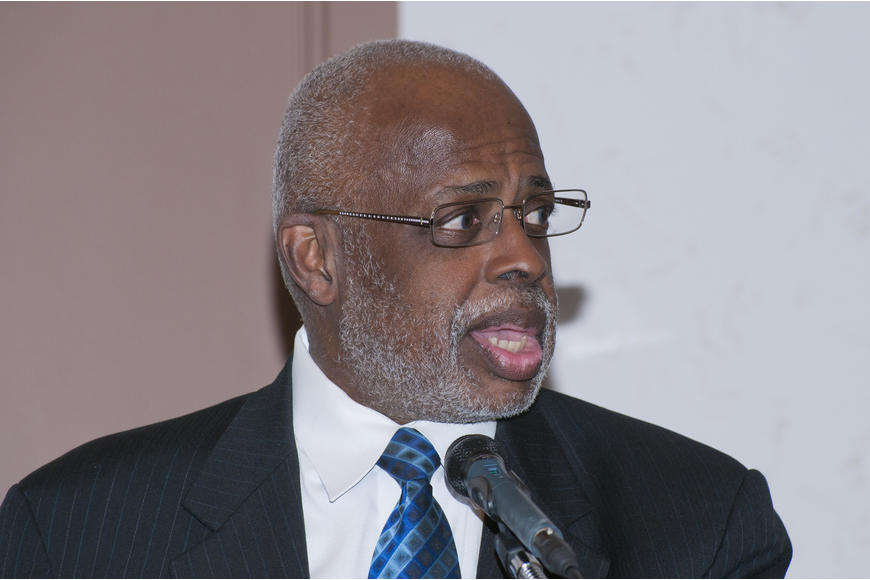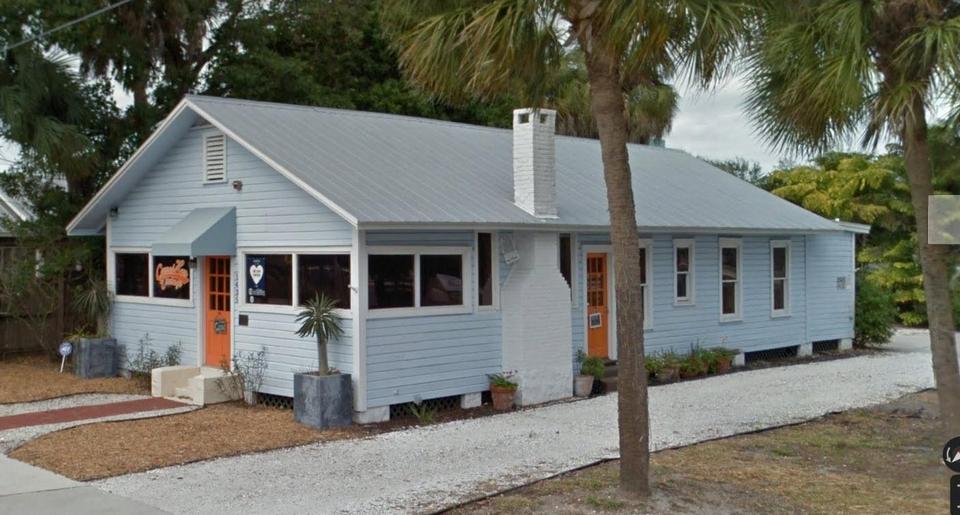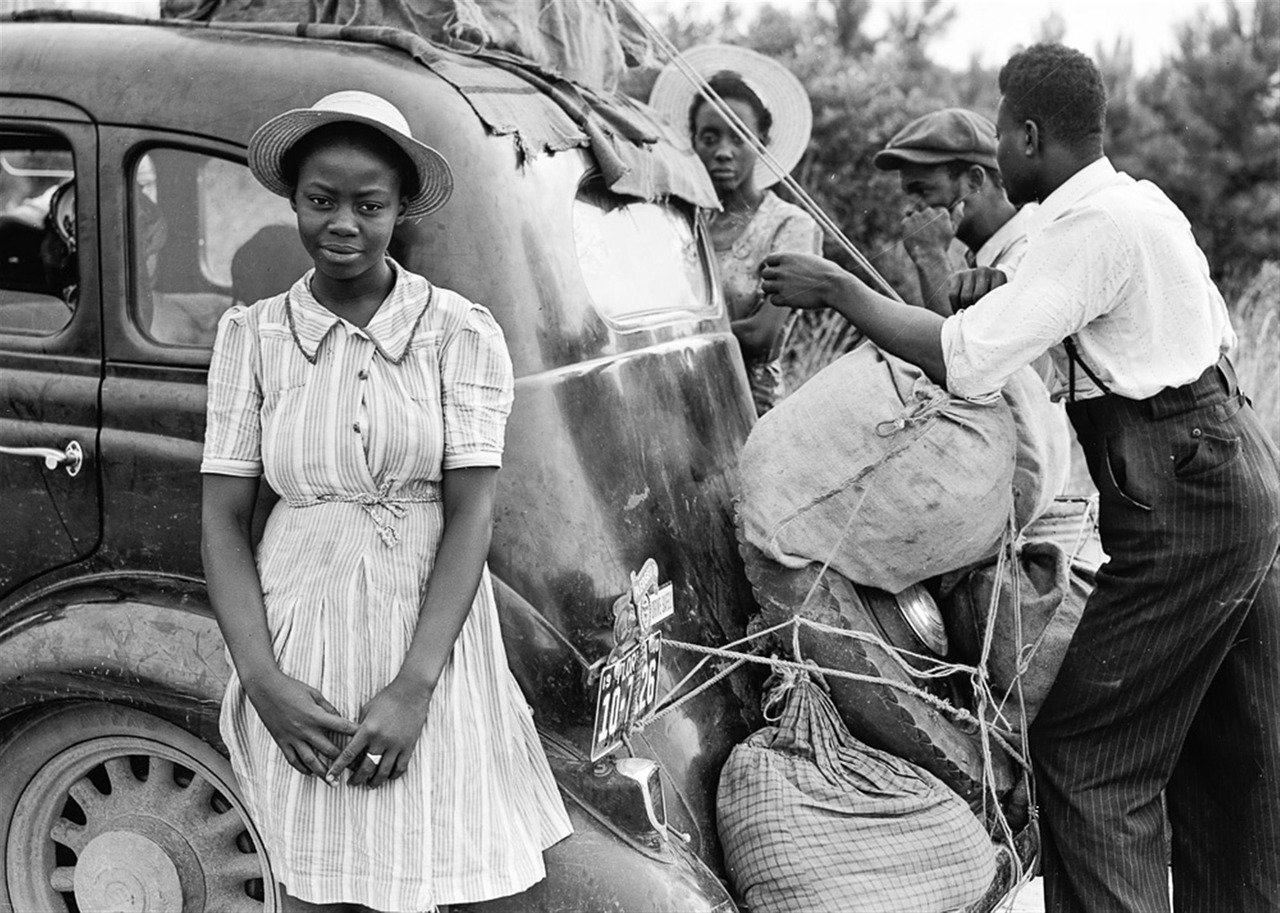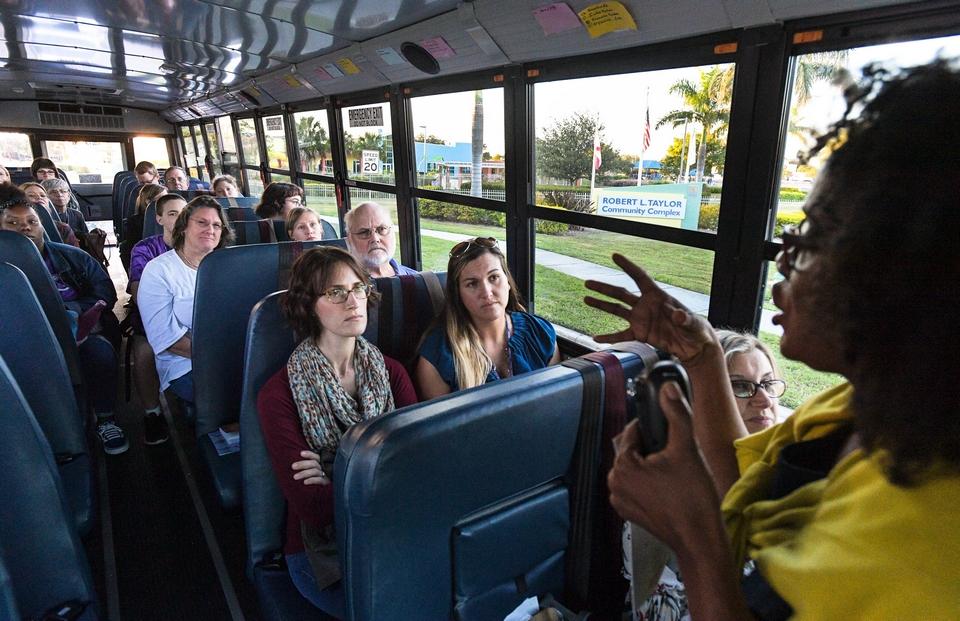In April 2018 Vickie Oldham and 12th Judicial Circuit Court Judge Charles Williams wrote a column in the Herald-Tribune bearing the headline “Newtown needs an art center and museum.”
In their opening paragraph Oldham and Williams stated that “cultural arts centers, museums and libraries situated in the heart of African American neighborhoods add texture, vibrancy and richness to a community.”
And in concluding their piece, the duo declared that it was now “time to take another giant, groundbreaking leap forward to construct a center and museum in the community with library capabilities.”
Those words rang true three years ago. And they ring true today, too: Now
is the time to make a Sarasota African American Art Center and History Museum a reality. The good news is that much progress has made since that 2018 column was published.
The Sarasota African American Cultural Coalition has been formed with funding from the city of Sarasota. The mission of the coalition is to preserve, celebrate and share the cultural, artistic and historical heritage of African Americans in Sarasota and beyond – with a goal of opening a physical center for African American culture and history in Newtown.
By working in diligent fashion the coalition has:
• Formally become a 501(c)(3) nonprofit organization.
• Recruited outstanding board members.
• Held several community stakeholders meetings to collect diverse
perspectives.
• Conducted research regarding other museums.
• Taken meaningful steps toward bringing a Sarasota museum to life.
So where are we now with a Sarasota African American Art Center and History Museum? After a lot of hard work with the city’s administration and staff, a suitable location for the art center and history museum – Orange Avenue and Dr. Martin Luther King Jr. Way – has been chosen. As part of this plan, the historic Leonard Reid House will be moved to the site to serve as a temporary museum home until the permanent facility is built.
During the city commissioners’ July 6 meeting, Sarasota African American Cultural Coalition CEO Vickie Oldham will make a presentation and unveil renderings of a permanent facility. We will also ask the commissioners to direct city staff to develop an agreement allowing the coalition to hold 1.3 acres of the Orange Avenue property while a five-year fundraising effort takes place to build the permanent facility next to the relocated Leonard Reid House.
This effort has drawn a diverse group of community partners – and the city commissioners can play an important role in strengthening the futures of both Newtown and the arts overall in Sarasota.
This is also an important moment for the Sarasota African American Cultural Coalition. We appreciate our partnerships with our city and community, and we look forward to seeing these ties grow even stronger as we work together to develop a great asset for Sarasota –. the Sarasota African American Art Center and History Museum.
For details on the Sarasota African American Cultural Coalition, visit www.thesaacc.com.
Washington Hill is a Sarasota obstetrician- gynecologist and board chair of the Sarasota African American Cultural Coalition. Email: [email protected]
